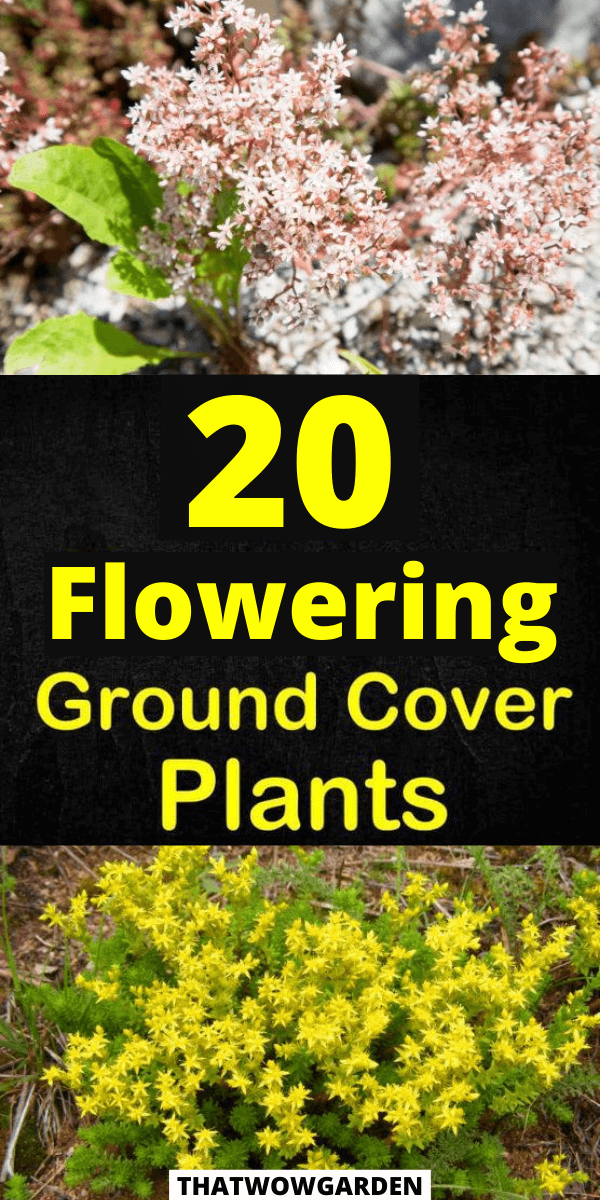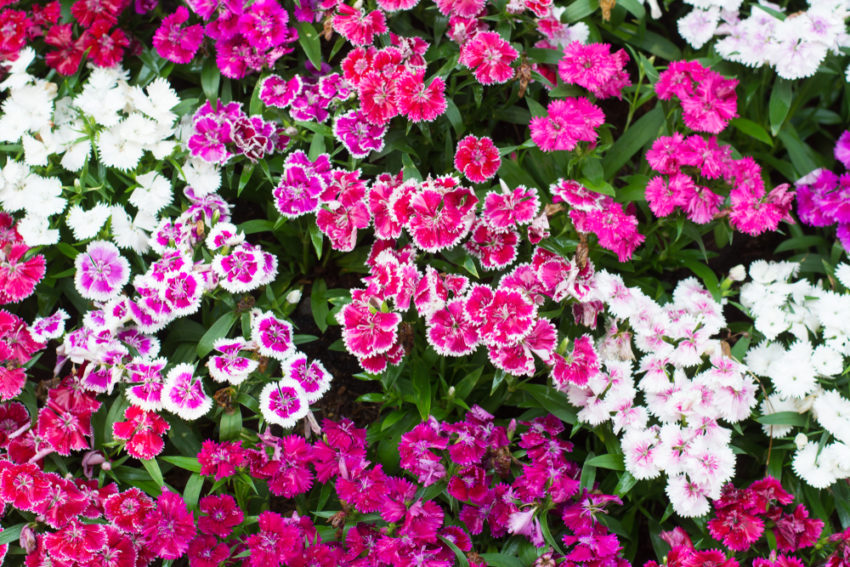There is something nascent and beautiful about a meadow dotted with wildflowers, petals damp with overnight dew. Flowering plants that also provide ground cover have always been highly sought after, for reasons more than one.
Aesthetic beauty is, of course, the primary reason. But the rest is equally important- a ground cover of flowers adds to the geographic value of a place, it can help diminish runoff due to rain and deforestation and it definitely helps other crops fight frost better.
All things considered, if you do have a patch of land you want to grow plants in, you might as well opt for one that is a flowering plant. After all, is there any greater joy than being able to witness the season’s first blooms?
1. Thyme
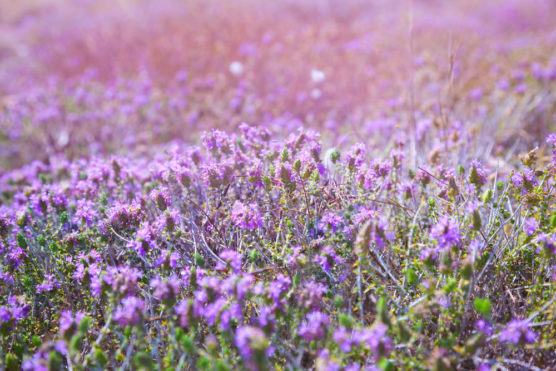
For the uniformed, thyme is actually a flowering plant. The blooms in question are characteristically small, pale purple and plentiful.
Thyme is a year-round bloomer, save the coldest weeks in winter. The best part? It is both ornamental and edible.
2. Sedum
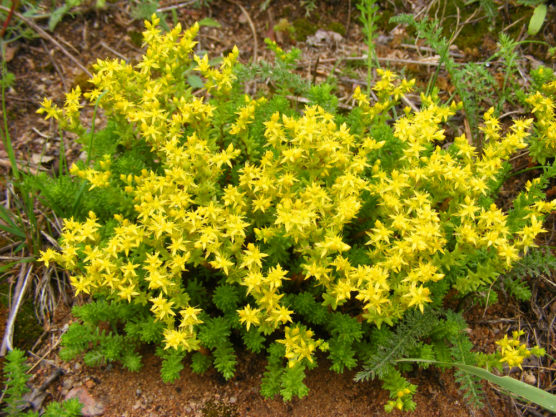
Also known as Dragon’s Blood, Sedum is a perennial that is somehow also able to miraculously resist frosty winters.
The flower bears a close resemblance to a rose, more accurately to a rosette. The texture is thick and waxy, and the colour is dark red (it has other colours as well).
3. Delosperma
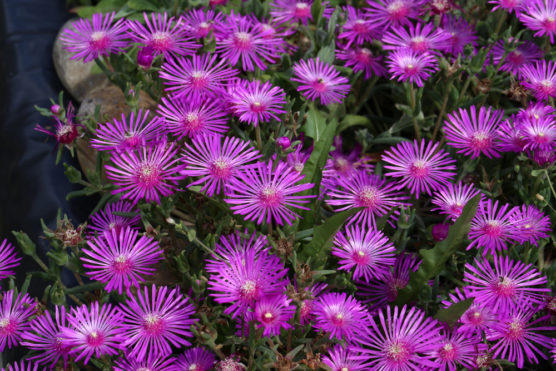
This showy plant features luxuriant leaves and slim, delicate flowers that unfurl in the sun and close up when it is shady. Needless to say, good exposure to the sun is recommended.
Delosperma, also known as the Ice Plant, is available and can be grown in many colours- jewel tones, experts like to say. The colours are all deep and striking and full of hidden fire- purple, fuchsia, orange and white.
4. Alyssum
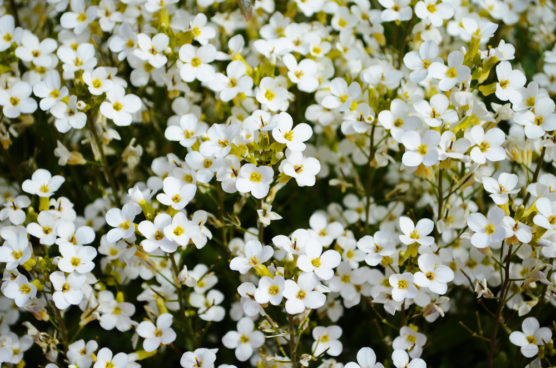
A plant that is able to withstand most variations of climates with ease and dexterity, Alyssum is both heat and drought-resistant.
The flowers are white, minuscule and grow in clusters.
5. Liriope
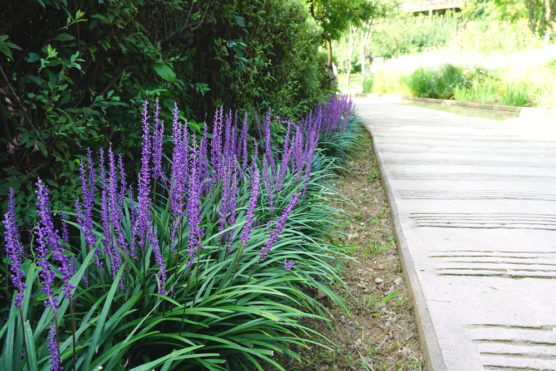
Liriope or Lilyturf is a perennial, that flowers in late summer and extends well into early fall. There are four different species to make one’s choice from, with each variety producing grass-like blooms that grow vertically to form tower-like structures.
The buds are usually purple, although white buds are not uncommon.
6. Lily of the Valley
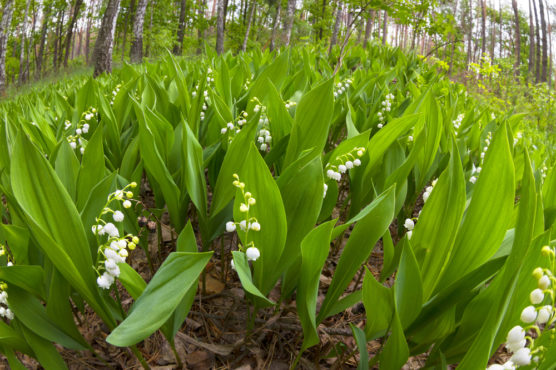
A name even non-gardeners must be familiar with, Lily of the Valley is a perennial flowering plant that defies its seeming delicacy with its ability to grow in partial shade. Moist soil is a prerequisite, the plant thrives when allowed access to adequate water.
The flowers are pristine and white and slightly droopy at their best. They resemble upside-down bells. Bonus? The flowers smell incredible- a heady, sweet scent that is not easily forgotten.
7. Spotted Dead Nettle
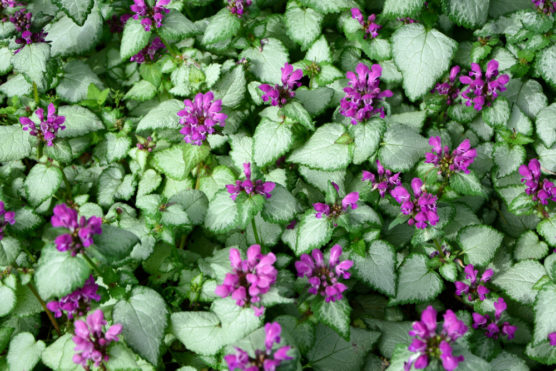
An off-putting name for a beautiful plant, Spotted Dead Nettle is famed for its durability, lengthy blooming season and for the ability to repel and rebuff woodland creatures like rabbits and deer.
The flowers are small, purple and flare outwards.
8. Lamb’s Ears
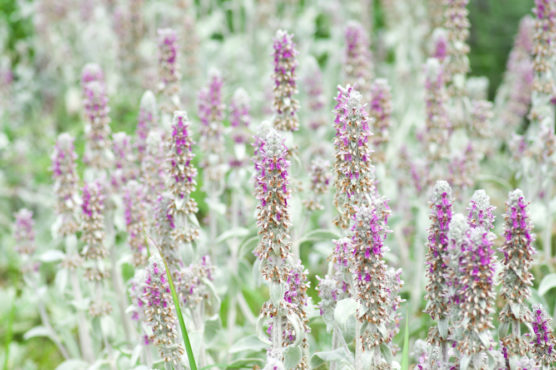
The leaves of this plant resemble the ears of lambs- they are even the same texture, albeit a different colour. The leaves are a muted green, with a silver overlay- owing to the presence of a fine fuzz that coats the leaves.
This plant has purple flowers, that bloom in the spring.
9. Creeping Phlox
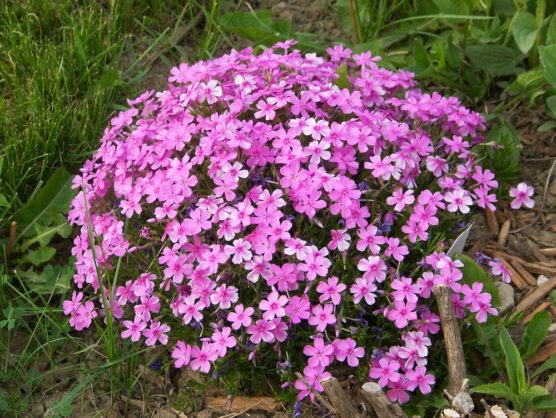
A true-blue scion in the world of ground cover plants– the creeping phlox has a big advantage. The flowers grow up to only six inches, which makes this specimen a perfect cover. Not too tall as to prevent accessibility, and yet not too small so as to be overlooked.
The flowers can be one of a variety- white, blue, purple and pink.
10. Violets
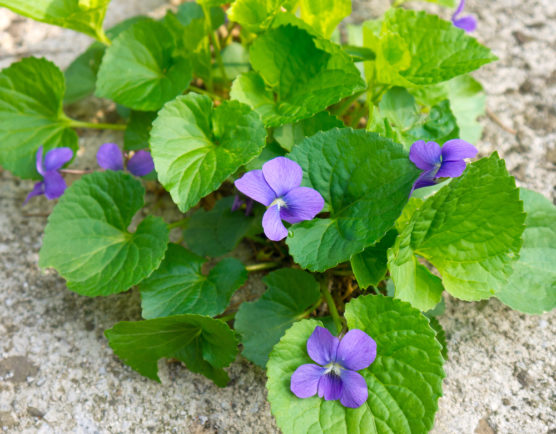
A particular variety of the Viola Sororia, Dark Freckles Violets are a fast-growing flowering plant that bloom come mid-spring.
The flowers are purple and speckled with dots, hence the allusion to freckles.
11. Corsican Mint
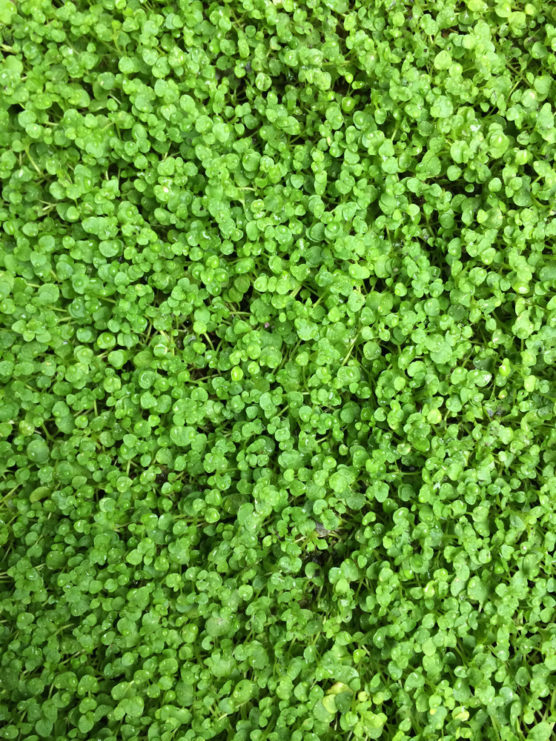
Ornamental and edible, the Corsican mint might be known more for its aromatic leaves than for its flowers. However, the latter is not to be overlooked, for they too are rather striking.
Pale mauve and fond of the sun, the flowers are known to appear in summer. They grow in the shade as well, given the right temperature conditions.
12. Dianthus
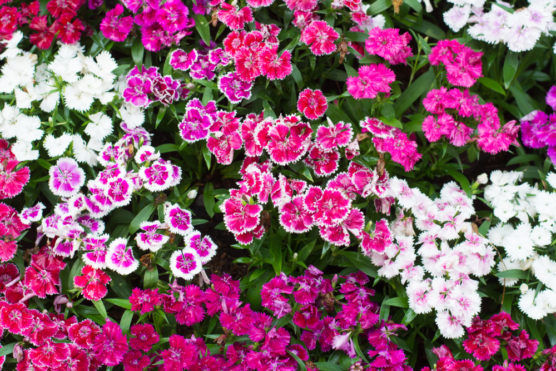
Armed with blue-green foliage and clove-scented pink flowers, the Dianthus is a popular choice among gardeners. It is easy to maintain and requires little water.
The plant itself makes for an arresting vision- the leaves are spindly and sharp. The flowers have serrated edges.
13. Mazus
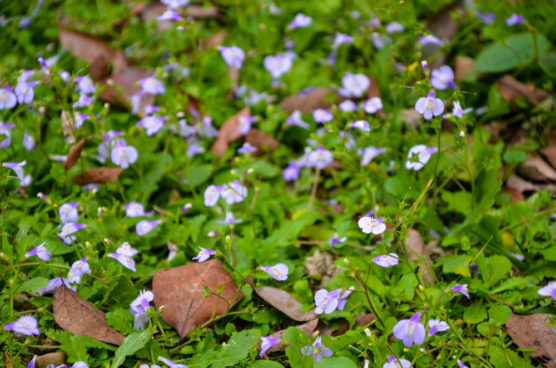
A springtime plant, Mazus is known for its generosity it embodies during blooming season. The flowers, although tiny, are plentiful and adequately fit the brief of ‘ground cover’. They are a curious shade of blue and purple, a cross between the two colours.
The plant is drought-resistant and requires little care.
14. Miniature Brass Buttons
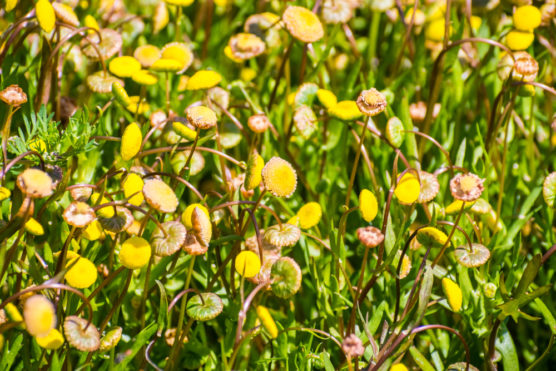
Also known as Leptinella gruveri, Miniature Brass Buttons have a self-explanatory name- the flowers look like buttons of brass.
The flowers are green-gold and minuscule, while the leaves resemble stunted ferns. A fast, though not a particularly elegant grower, this one is an interesting specimen.
15. Star Creeper( Blue)
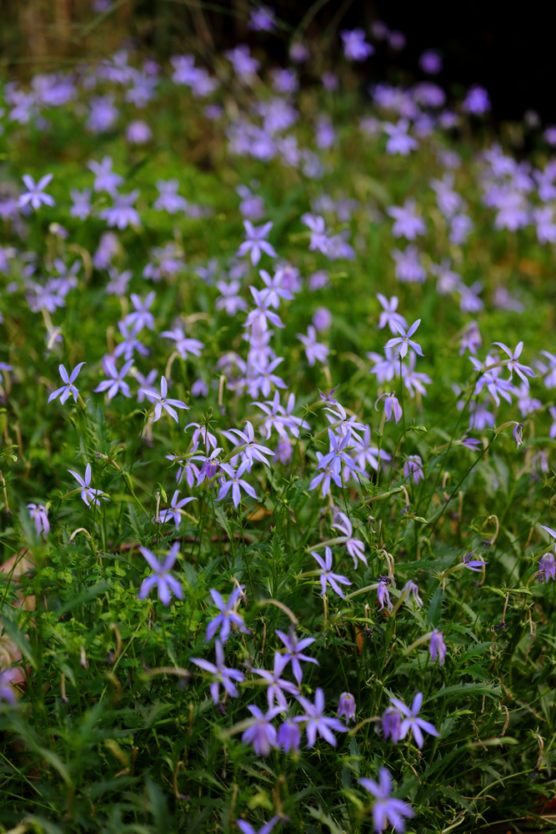
Star Creepers are fast growers, and easy to look after. The pale-blue flowers last long, from early spring to late fall.
Filtered light is the best when angling for optimum growth. Full sun is an entirely possible alternative.
16. Sedum ‘Baby tears’
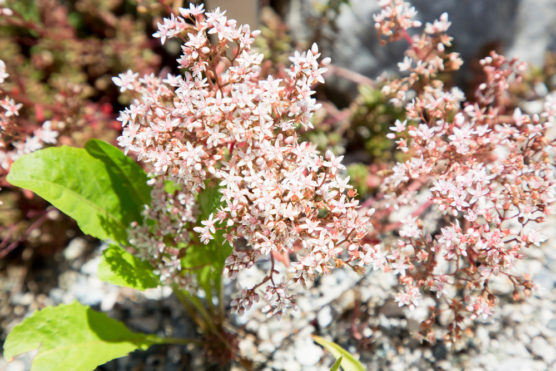
A whimsical name, but for good reason, this plant comes adorned with teardrop-shaped leaves that are also variegated.
The plant undergoes its blooming seasons in summer. The flowers are slim spikes of white, that peek out from between the leaves.
17. Chamomile
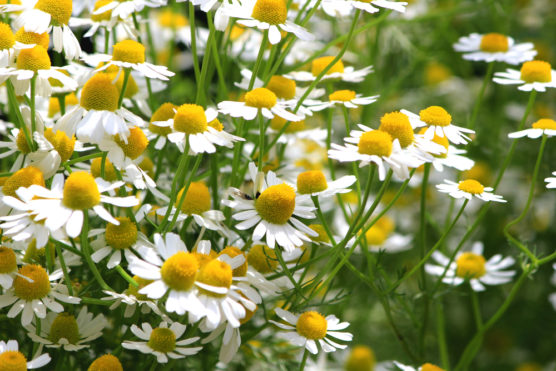
Arguably the most beautiful in the list (but that is just my personal opinion), chamomile plants are fast growers. They also have the propensity of being expansive and can cover a lot of ground in little time.
The flowers are ten-lobed and white, while the centres happen to resemble protuberant egg yolks. The plant thrives in hot, dry conditions and needs to be trimmed for an optimum appearance.
18. Woolly Thyme
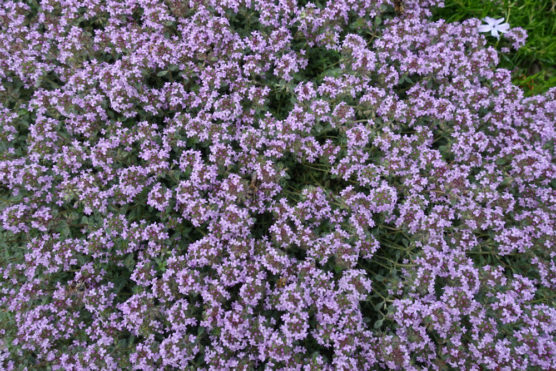
A sturdy carpet of grey and green, this variety of thyme carries with it also wafts of the most incredible scent.
The leaves are small and fuzzy, and grow light pink flowers in early summer.
19. Bugleweed
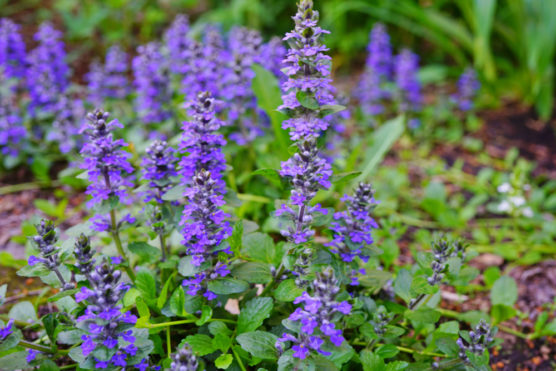
A member of the mint family and a perennial, Bugleweed likes the sun and the shade and grows best in moist soil.
Blooming through May till June, the flowers are bugle shaped( no surprises there) and come in a multitude of colours- white, blue or purple. The leaves have a glossy texture and can either be smooth or serrated. They are often tinged with undertones of purple.
20. Candytuft
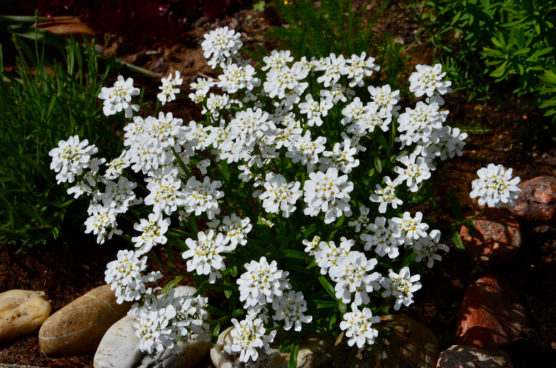
A woody perennial that gets its names for its flowers, that resemble tufts of cotton candy, Candytufts are pretty easy to grow.
They like the sun, need well-drained soil for optimum growth and are remarkably resistant to hot and dry weather conditions.
A summer bloomer, the petals are white and sweet-scented. Plentiful, too, for they quite successfully conceal the elongated green leaves nestled below.
The list, as you can probably tell, has drawn to a close. The options, though, have not.
Ground covering plants are mostly always a smart investment. They are low-maintenance, provide attractive landscaping and a deep sense of satisfaction when the flowers pop out during flowering seasons.
The onus of plant you choose to sow is yours. Choose wisely!
